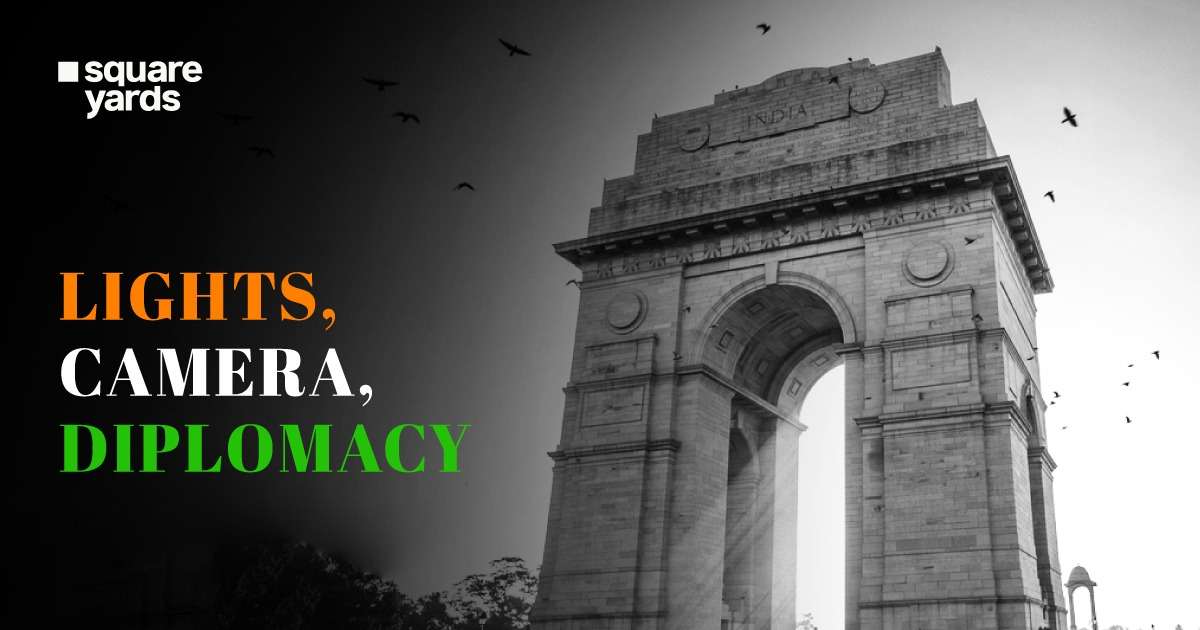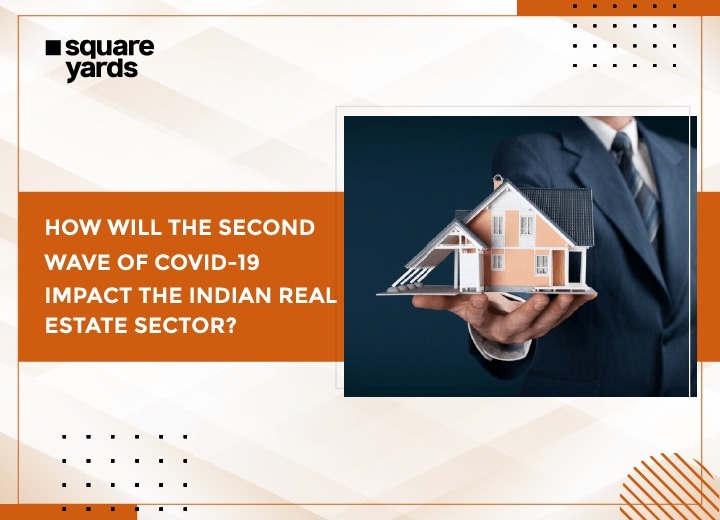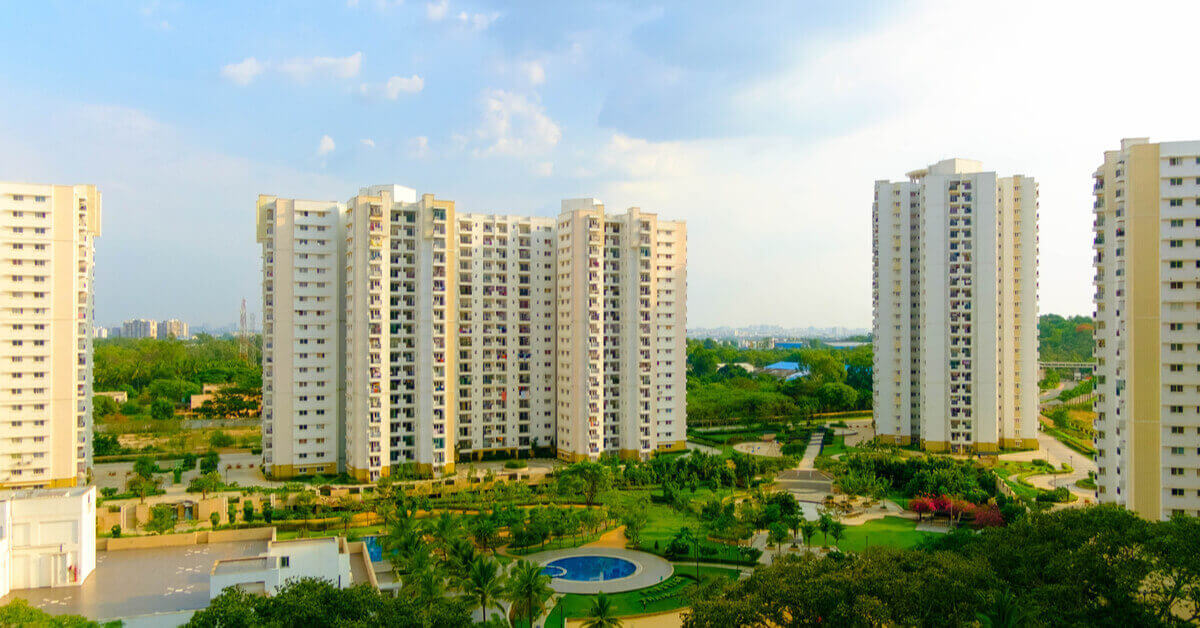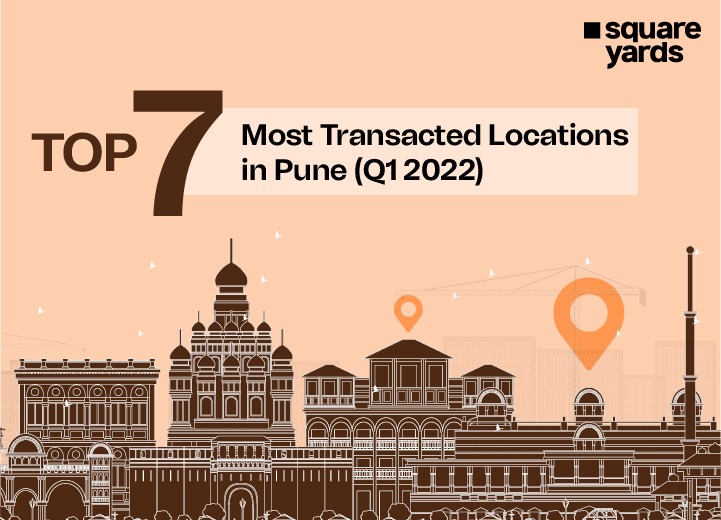Don’t be surprised if you spot Joe Biden gulping down gol-gappas at Sarojini or Justin Trudeau trying out the ‘Fire paan’ at Connaught Place. Maybe, just maybe, you’ll find Rishi Sunak overtaking you at the Ring Road or Emmanuel Macron haggling at Delhi Haat. A little far-fetched, I agree, but not ‘impossible’, especially this weekend. Except for Xi Jinping, yeah, he’s out!
These super important people and their delegates are set to land on our vibrant capital for the G20 Summit. And, I’m sure you already know about it! (What a wonderful opportunity to get a work-from-home, *cries in Gurugram*.)
But what’s all this song and dance about? Why leaders of the world are set to burn a substantial amount of jet fuel for a summit that was almost non-existent in the ’90s? (Just like Greta Thunberg).
Of course, you’ve to read this blog, my friend, to know more!
Origins Humbler Than Dravid!
Post-Cold War, the whole world collectively said,
|
“Let’s get back to business” |
In the 90s, two things were extremely common: Sachin scoring a century at Sharjah and debt crises among emerging economies. Imagine losing your high-paying hedge fund gig in America because of financial crises in Asia and Russia. So, the big brains realised a change was essential to reform the economic governance across the globe.
A crisis meeting was called in 1998, where the G8 rented out a bigger table and got some more chairs for other counties. Why? So they can figure out this global economy thing and erase the word ‘financial crises’ from the dictionary.
Don’t get confused here. It was not automatically a hot-shot summit that brings a city to a halt, but rather a low-key annual meeting between finance ministers and their delegates who probably scored 100/100 in Economics. But it all changed…
Table of contents
Dhoni Lifts the Cup, and America Drops The Ball!
Do you remember the latter half of 2007? When Dhoni brought the inaugural T20 World Cup in India, and American bankers brought worldwide recession? Yeah, a great time to be a Cricket fan and a horrible one to be an adult anywhere in the world.
|
“When one episode ends, another begins. -NETFLIX |
In 2008, the Summit on Financial Market and the World Economies was held in Washington DC. The leaders of the 20 group nations were invited along with the Heads of IMF (makes sense), World Bank (fair enough) and United Nations (I don’t know why).
In 2009, it was designated as
The Premium Forum for International Economic Cooperation. (Defines IPL, doesn’t it?)
With each passing year, the G20 Summit increased its relevance and garnered global attention like Justin Bieber in his formative years. Soon enough, everyone realised they wouldn’t be jailed if they talked about things other than the world economy at the summit. So, topics like climate change, development, trade and health made their way into the discussion tables of the summit.
The informal nature of the Summit has allowed it to alter as per the global landscape that transforms like Christian Bale before a movie.
19 Countries & A Union
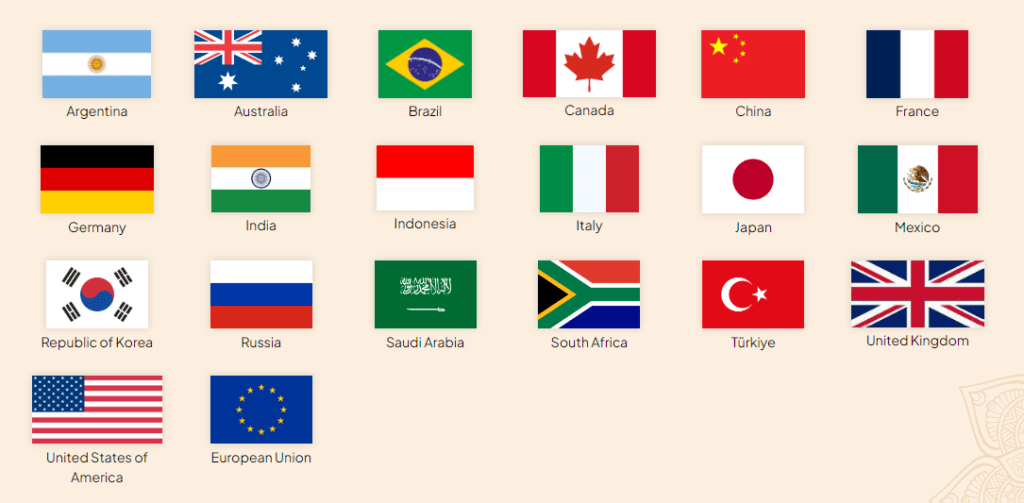
Source – g20[dot]org
This group looks inconsequential in this screenshot but actually represents:-

(Who’s taking care of the rest of the ⅓ population, 25% of the global trade, and 15% of the Global GDP? God? Kim Jong Un? Angelina Jolie?)
Troika Of Administration
The G20 Presidency is not a meticulously structured, old-school institution that has a permanent secretariat or staff. Rather, it follows a bohemian, free-flowing start-up-like arrangement where presidencies are handed to member countries like a mic at a Karaoke Bar. Don’t get me wrong, it is not complete anarchy. (However, it would have been cool to see world leaders arm-wrestle for the next presidency).
|
Three’s not a crowd, but a Troika -Russian Horses |
The Presidency is supported by a Troika that consists of the previous, current and upcoming member countries who are set to take the presidency. For example, if the Troika of Indonesia, India and Brazil has been finalised, they’ll hold the presidency in a similar order, i.e. India will take the presidency from Indonesia and give it to Brazil after completing its own tenure. (Now forget this was an example; this is actually what happened.)
A Multi-Player Game
The G20 Summit operates with a multi-track mindset.

Finance Track
Participants: Economics Bros/Sisters
They discuss pretty complicated stuff that makes you feel stupid.
> Headed By Finance Ministers & Central Bank Governors
> Focuses on Monetary Policy Issues (Surprise, surprise!)
> Currently has 8 working groups.
Sherpa Track
Participants: The PMs & President’s Favourites
They discuss the topics we wrote our high-school essays on.
> Headed by representatives hand-picked by leaders of the member countries.
> Focuses on anti-corruption, climate, digital economy, education, employment.
> Currently has 13 working groups.
Engagement Groups
Participants: Individuals who didn’t clear a government exam.
They discuss a wide range of topics. Period.
> Headed by parliamentarians, think tanks, youth and researchers from the G20 member countries.
> Focuses on issues straight outta civil societies.
> Currently has 11 working groups.
G20 Presidency: The Gavel Is In Our Court
You must have heard the word ‘multi-polar world’ a lot if you listen to news channels or have a friend who has a monthly subscription to the Economist (and is probably a grammar nazi too). This above-mentioned term defines a newfound occurrence where developing countries may or may not necessarily follow “suggestions” from rich white countries.
In the new world order, emerging economies progressed, developed and found their sense of self after uncountable trials and tribulations, and are set to hold their ground at the global forum. No one symbolises this phenomenon more than India.
The timing of the Presidency couldn’t have been more perfect. With an impending recession, the Russia-Ukraine conflict, and an unspoken tussle for global dominance between world powers, India has the stage to align the rationale of the Western and Eastern blocs.
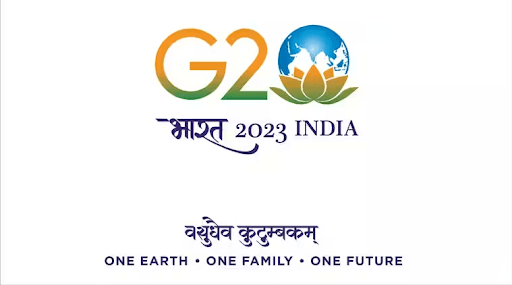
Source – indianexpress[dot]com
The theme “Vasudhaiva Kutumbakam” emphasises the oneness of our world and highlights our interconnectedness. In simpler words, we need to get on the same page. (We might need each other’s help in case of an alien invasion or evil AI robots.)
No matter how much we like or dislike each other, it is easier to hash out our differences at a table than on a battlefield. The best motivator for peace is already present at the roundtable of the summit: MONEY!
No, I’m joking. World peace will be brought by pickets. Yes. Pickets.
Coming back to India like Shah Rukh Khan in Swadesh, the stage is set for us to embrace our newfound role as a global facilitator and finally own our credentials of being the largest democracy and the fastest-growing economy in the world to steer the dialogue towards a more sustainable, inclusive and affluent future (or leave it bearable enough so that we can spend our old age in peace). If we can land on the moon, win world cups, and make dope movies, then navigating the global economy should be a piece of cake. Over and Out.


